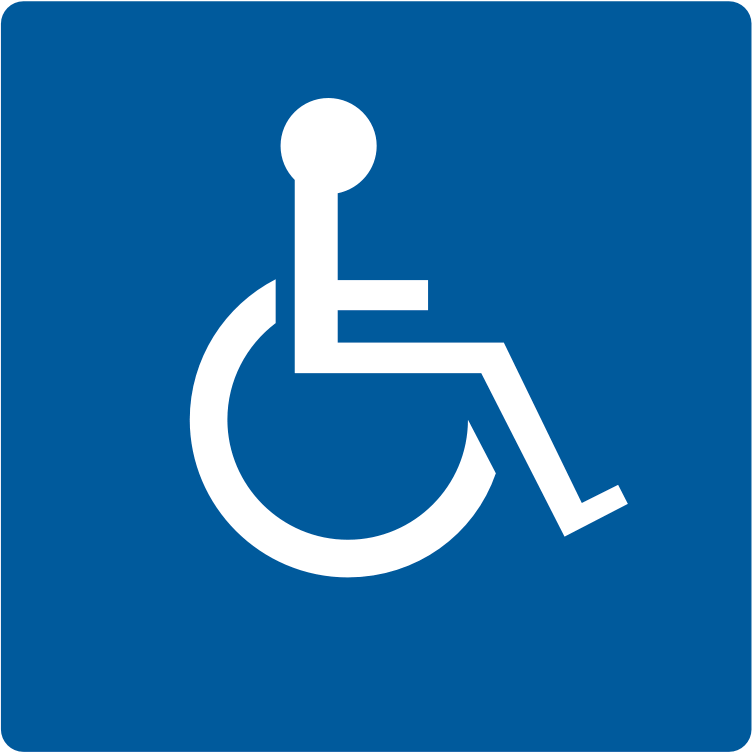SenseIT
5/30/2022
How We Got into Digital Accessibility and Why It’s So Important to Us

Image description: A series of three images with text. The text at the top reads: "equality versus equity". The three images are of three people watching a baseball game from behind a wall. In the first, they are each standing on one box. One person is tall, with his arms up because he can see over the wall. The middle person is middle height with his arms up because he can see over the wall. The short person has his arms down because he can't see over the wall. The text below the first image reads: "In the first image, it is assumed that everyone will benefit from the same supports. They are being treated equally." The second image pictures the same three people, but the tall person has no box underneath him and the short one has two. They can all see the baseball game. The text below the second image reads: "In the second image, individuals are given different supports to make it possible for them to access the game. They are being treated equitably." The third image shows the same three people, and none of them are standing on boxes. The wall has been replaced by a chainlink fence through which they can all see the game. The text below the third image reads: "In the third image, all three can see the game without supports or accommodations because the cause of the inequity was addressed. The systemic barrier has been removed."
While running an accessibility consulting agency, it became clear to Nadav Bernstein and Tamar Shapira that the accessibility solutions that were on the market were simply not good enough.
We Believe That Removing Barriers is More Important Than Helping People Overcome Them
Equity is a concept we hear being discussed lately in a lot of contexts. Medical equity, income equity, and financial equity are some that come to mind as they relate to historic discrepancies between the privileged and those who were oppressed. We tend to think of the digital world as a place relatively free of those same inequities; a democratic space where every user can access virtually any information and voice their thoughts. And maybe that does fit the traditional definition of equity, but it doesn’t address the needs of those for whom the systemic barriers that still exist are insurmountable. There is still work to be done.
I spoke to SenseIT’s co-founders Tamar and Nadav about SenseIT’s origins and why their work is so important, both to them personally and in general.
Our History
Interviewer: How did you become interested in the world of accessibility?
Nadav: I always knew I wanted my professional life to have positive social impact, even if I didn’t know how that would look. As a student, I took a job with an architect who specialized in accessibility, which was obviously focused on the physical aspects. I didn’t see a lot of overlays between my job and my studies in psychology until I learned about organizational psychology. I was completely drawn to it, and I started seeing that it had applications in the field of accessibility, where I was working – less in the physical aspects of it, but in the organizational aspects: how do you implement inclusivity on an organizational level; how do you make services accessible to people with disabilities; how do you change concepts within an organization to make it more inclusive? Those are all questions that I started asking myself, and that’s how Tamar and I got into consulting.

Image description: "wheelchair parking" icon - a white silhouette of a person in a wheelchair against a blue background
Interviewer: What did that consulting look like at the beginning?
Tamar: Nadav and I owned an accessibility consulting firm in 2010. The focus was on infrastructural accessibility and compliance with local laws. We did a lot of work with hotel chains, which focused on employee training sessions, training guides and signage in the hotels.
Interviewer: How did that turn into digital accessibility?
Tamar: Well, you can’t take just one part of accessibility and decide that’s enough; for a service-oriented organization, they need all of their customers’ needs to be met. Accessibility covers everything. Hotels started using digital signage more and more, and those signs needed to be in compliance with the digital accessibility guidelines that were coming out around that time locally (2013). The guidelines for digital accessibility were also just coming out around then with compliance deadlines in 2017, so we were getting a lot of clients who needed to meet those requirements specifically, since they were so new.
Interviewer: Why did you decide to start SenseIT instead of continuing with the consulting firm?
Tamar: While we were running the firm, we acquired a new client – a large global advertising agency, and every one of their landing pages had to be accessible. Since the pages had already been developed, we were assessing them after the fact, and the back and forth of assessing, fixing, reassessing, fixing again, and so on was really inefficient. On top of that, all the assessments were done manually by different consultants in the firm, and there was no consistency between how one consultant would assess a page and how another consultant would do the same thing. And because this was all done manually, it quickly became expensive for our clients.
The whole thing was no longer working. Nadav and Tamar went back to the drawing board.
Tamar: Nadav started thinking that maybe we could come up with a product to help with the website assessments. I had the idea that this should be technology, and so we decided to start a start-up and break from the consulting. We brought in a developer, and, though a lot has changed from then (circa 2017), the main motivation for developing the platform that would eventually become SenseIT was to enable us to service our clients more efficiently, to decrease prices, and moreover, to make sure that their products are really accessible because they’re assessed on an ongoing basis.
We Can’t Remove Barriers We Don’t Know Are There

Image description: A person wearing yellow gloves laying bricks on a partially built wall
Interviewer: Efficient service, reduced cost, and efficacy are all sorely needed in the world of accessibility. You’re in essence making accessibility accessible, which is important in its own right, but I imagine it goes deeper than that for you?
Nadav: I believe that the matter of accessibility has a lot of awareness issues. I see myself as a very socially aware person, but before I got into accessibility, I had no idea that there are still so many barriers for people with disabilities. I consider myself a person with disability – I’m dyslexic, but even so, I wasn’t aware of the magnitude of the problem. There’s a lot of work to be done with organizations to raise awareness, and I think that doing so can have a huge impact on a lot of people.
Tamar: In December 2017, after we had already had the idea that would become SenseIT, a close family friend had a terrible accident and became a quadriplegic. This was already important to us in a theoretical way, because, of course, everyone should be able to use digital products, but our theoretical world took on practical meaning, seeing my friend. J couldn’t use a website if it wasn’t compatible with the assistive technology he uses to browse. A few months into SenseIT, I flew for work for the first time, and who am I seated next to, but a blind/deaf woman named Helen. And it reminded me that this is everywhere. It’s not just J, and it’s not just Helen. For the organization, accessibility is about numbers and meeting requirements, but for the individual, accessibility means the world.
Ultimately, rather than helping people to overcome the barriers that make the digital world inaccessible, the work SenseIT does is about removing those barriers altogether. As Tamar said: “It boils down to empathy – on the one hand, for the people using the products, and on the other hand, for the people that need to make the products accessible. Because try as we might, accessibility is never going to be perfect.” And that’s not what we’re after; it’s about making the digital space an inclusive one. If we can design digital products in an inclusive way, there won’t be so many barriers to overcome.
This may also interest you

Senseit
It’s Almost Time for Global Accessibility Awareness Day (GAAD) Again
5/15/2023

SenseIT
Psychological Safety via Accessibility
8/12/2022

SenseIT
The Story of WAI-ARIA
11/20/2022



